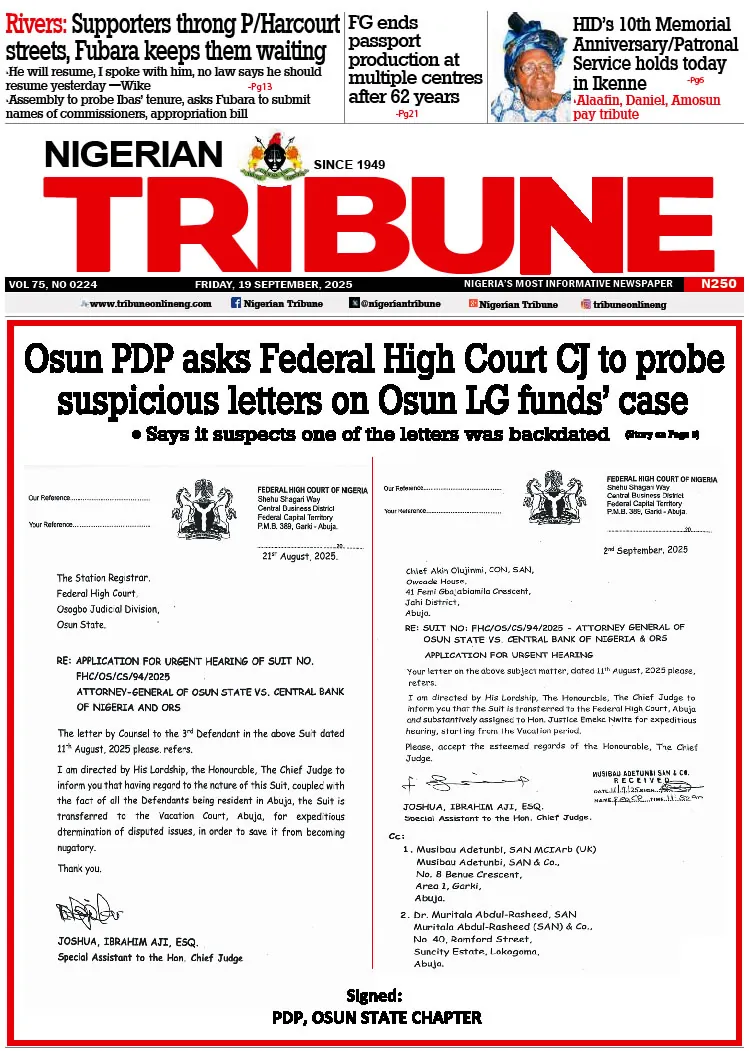Museums are agents of power. They are repositories of power and reflect the state of hegemony which is very useful for cultural diplomacy.
As a result of their place in society, museums have acquired new roles, responsibilities and opportunities such as stimulating knowledge and economy, attracting talents, generating job opportunities, positioning towns and regions as tourism destinations and elevating civic pride.
Museums are prominent as power platforms when they amplify and accelerate cultural change and contribute to cultural intelligence among the great diversity of citizens, visitors, policymakers and government agencies.
It’s undeniable that museums possess abundant power, making their collections available to people around their communities.
We can use museums to achieve Sustainable Development Goals (SDGs), innovate on digitalisation and accessibility and build communities through education.
To look at how they help in achieving SDGs, we must first understand what SDGs are. SDGs are calls for action by all countries to promote prosperity and protect the planet.
Museums are, therefore, strategic partners in implementing the SDGs of the United Nations. As crucial actors in societal development, they contribute to various goals, including boosting the social economy and disseminating scientific information on environmental challenges.
The National Museum, Osogbo, is included in these goals. It has contributed immensely to these goals in health, economic development, improving social change and financial well-being of people in the community.
The National Museum, Osogbo, carries out her environmental sanitation every Wednesday at the Osun Osogbo sacred grove. This is to enable proper hygiene among the staff and visitors.
For the SDGs’ poverty alleviation programmes, the National Museum, Osogbo, through its Educational Services and Training Department, introduced soap making and adire making under skills acquisition programmes for youths, secondary school students, widows and people with special needs.
The museum also serves to innovate digitalisation and accessibility. Here, it is understandable that museums possess the power to make their collections available to people around their communities and the world at large. COVID-19 greatly affected museums and other cultural sectors, and to keep the institution alive, museum professionals need to diversify the mode and channel of communication to reach the audience. These might include taking online visitors through websites, and digital content, among others.
The museum also helps build the community through education since the community is a supportive social group in which members feel a sense of belonging and share a common interest, experience or goals.
Therefore, education plays a vital role in any museum and its environment.
Some of the roles include promoting awareness of public activities, developing the audience’s creative capabilities, interpreting museum collections to all categories of people, and promoting the institution as a centre for general learning, among others.
Adedokun is Chief Museum Education Officer, National Museum, Osogbo.
ALSO READ FROM NIGERIAN TRIBUNE
WATCH TOP VIDEOS FROM NIGERIAN TRIBUNE TV
- Relationship Hangout: Public vs Private Proposals – Which Truly Wins in Love?
- “No” Is a Complete Sentence: Why You Should Stop Feeling Guilty
- Relationship Hangout: Friendship Talk 2025 – How to Be a Good Friend & Big Questions on Friendship
- Police Overpower Armed Robbers in Ibadan After Fierce Struggle






